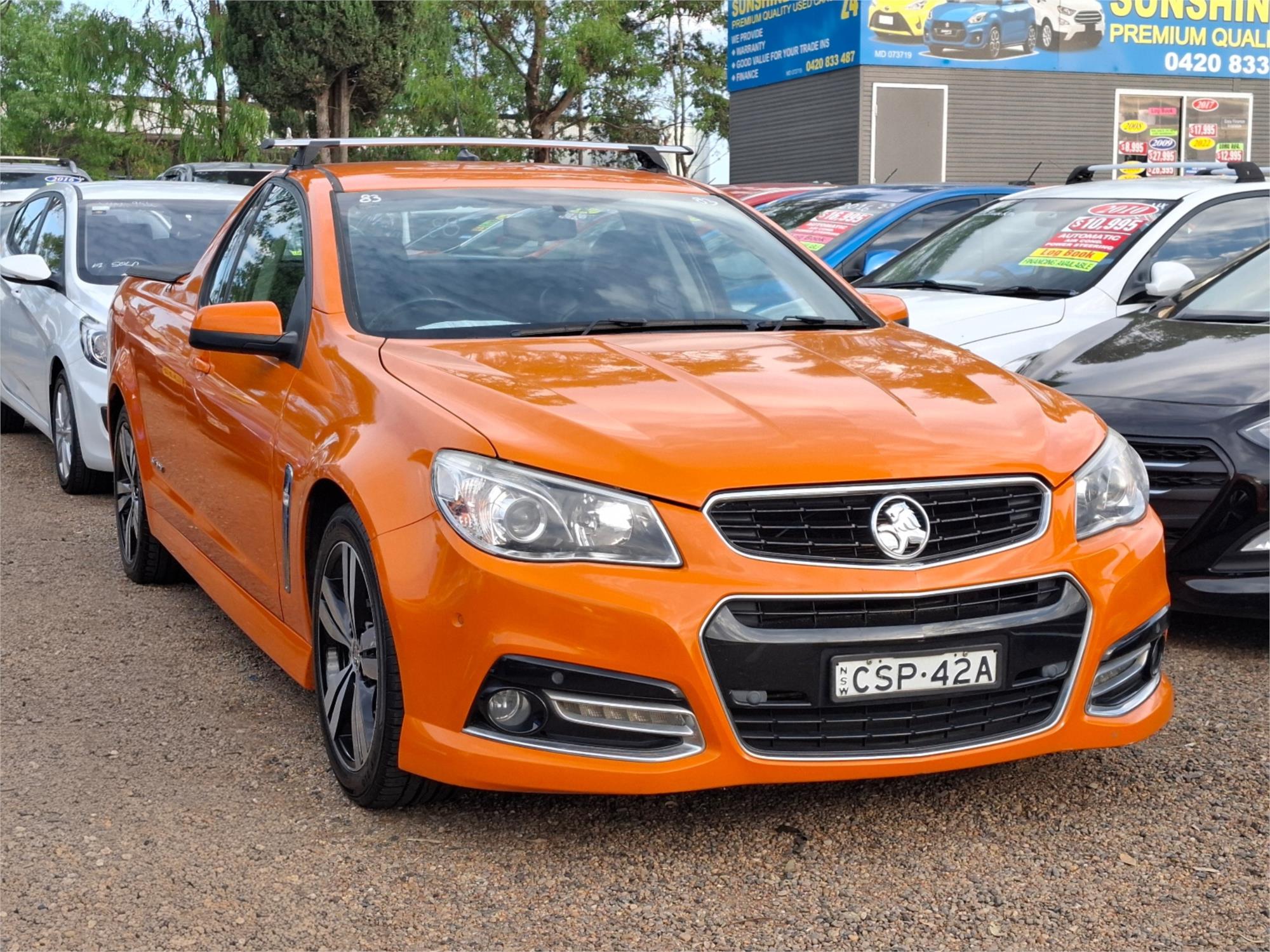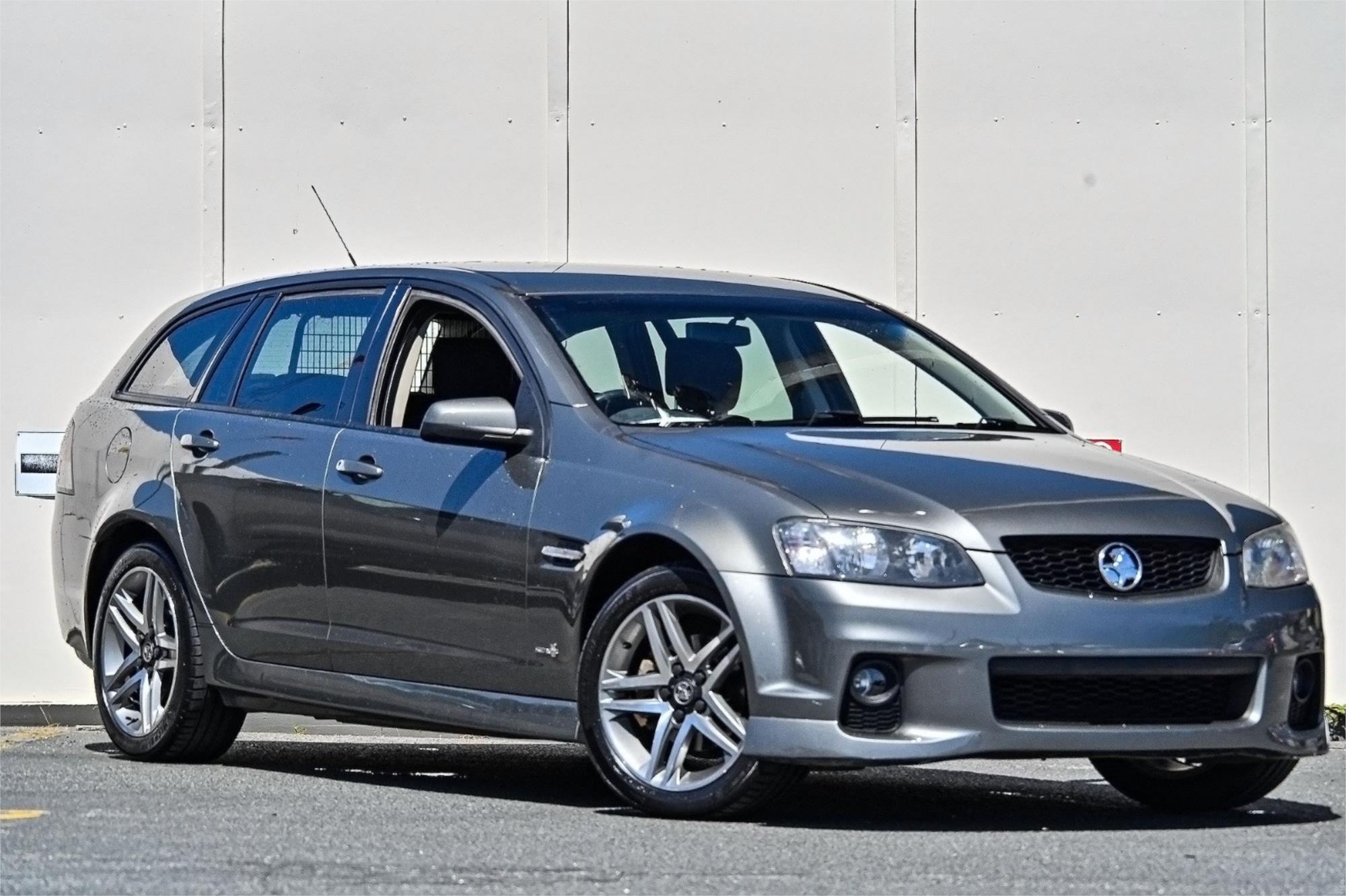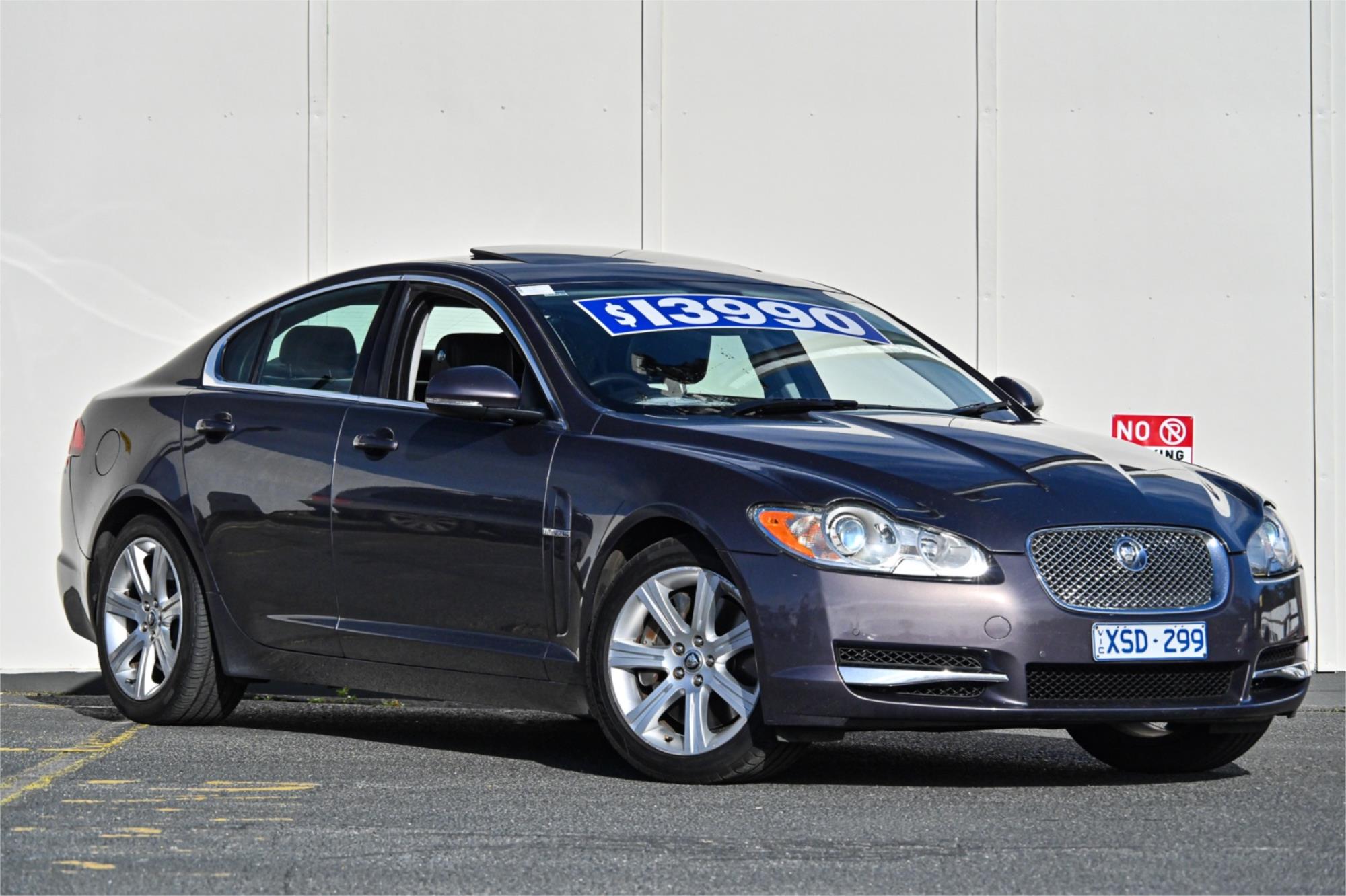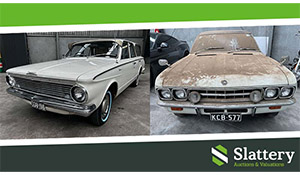Rare Mercedes ute going to auction with Burns & Co
Burns & Co’s huge June Muscle, Classic & Collectable Car & Motorcycle + Other Auction stretches over three nights, with more than 100 lots on offer. After selling a very rare AJS car in their January auction, Burns & Co. have unearthed another gem in the form of a 1952 Mercedes-Benz 170 Da ute that will go across the block on 24 June - Night 2 of their June auction.
View the Night 2 Catalogue & Bid Here
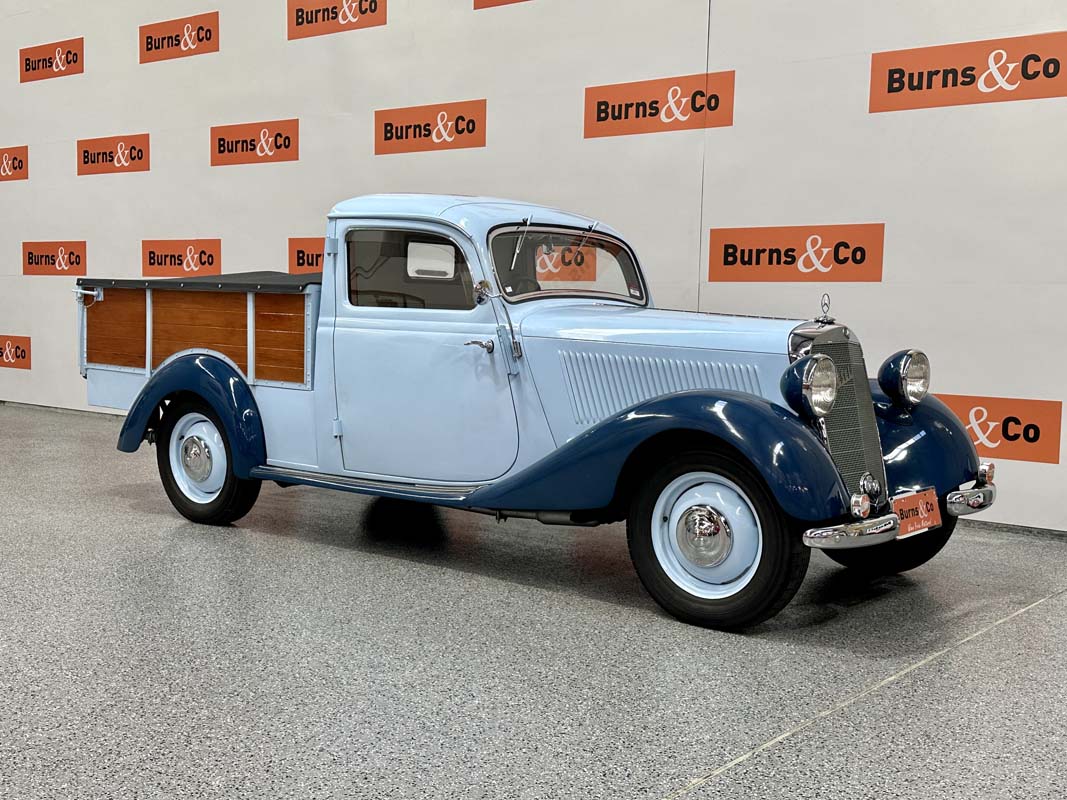
If you're thinking Mercedes-Benz didn't make a ute before the X-Class, you'd be wrong. For a brief period after World War II, Mercedes build a small number of commercial vehicles - panel vans, utes and ambulances- but would soon outsource production to a handful of approved coachbuilders. One of these was Lueg.
Founded in 1868 and based in Bochum, between Essen and Dortmund in western Germany, Lueg’s earliest work for Mercedes pre-dates even the Daimler-Benz merger. However, as they focused mainly on commercial vehicles, Lueg are less well-known than the likes of Karmann, Hebmuller, Rometsch, Reutter and Baur in terms of German coachbuilders.
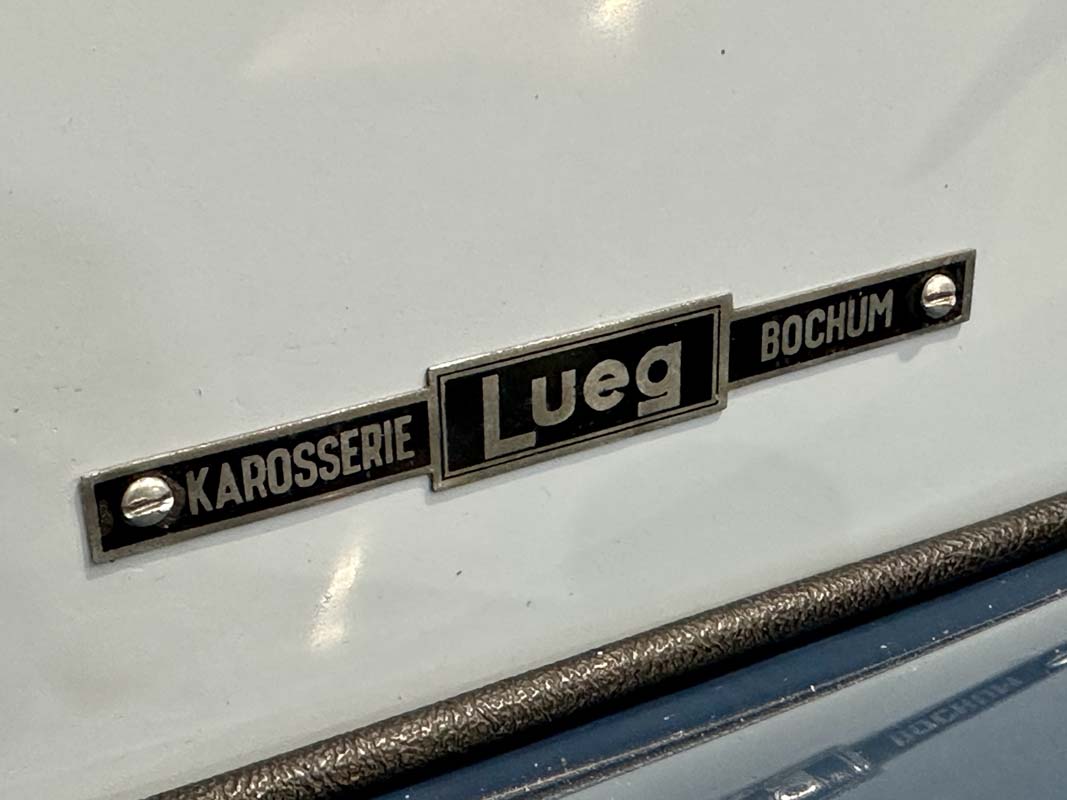
Despite the lack of a high-profile name, Lueg’s output was prolific. Along with Binz, they became a preferred supplier of short-run and specialist bodies for Mercedes-Benz. Lueg produced “limousines” that looked like station wagons and were used as taxis, as well as panel vans and ambulance bodies. The latter were their first products post-WWII, arriving in 1948.
Mercedes-Benz factories had been heavily targeted by Allied bombing during the war, due to their output of aircraft engines and trucks for Nazi Germany. With as much as 70 per cent of the works at Untertürkheim destroyed and 85 per cent at Sindelfingen, vehicle production didn’t resume until 1946. When it did, Mercedes’ first units were based on the 170 V (W136) chassis, which had launched back in 1936 and remained in production until 1942. As most of the 170’s tooling had survived the bombing intact, it was the obvious choice to resume production.
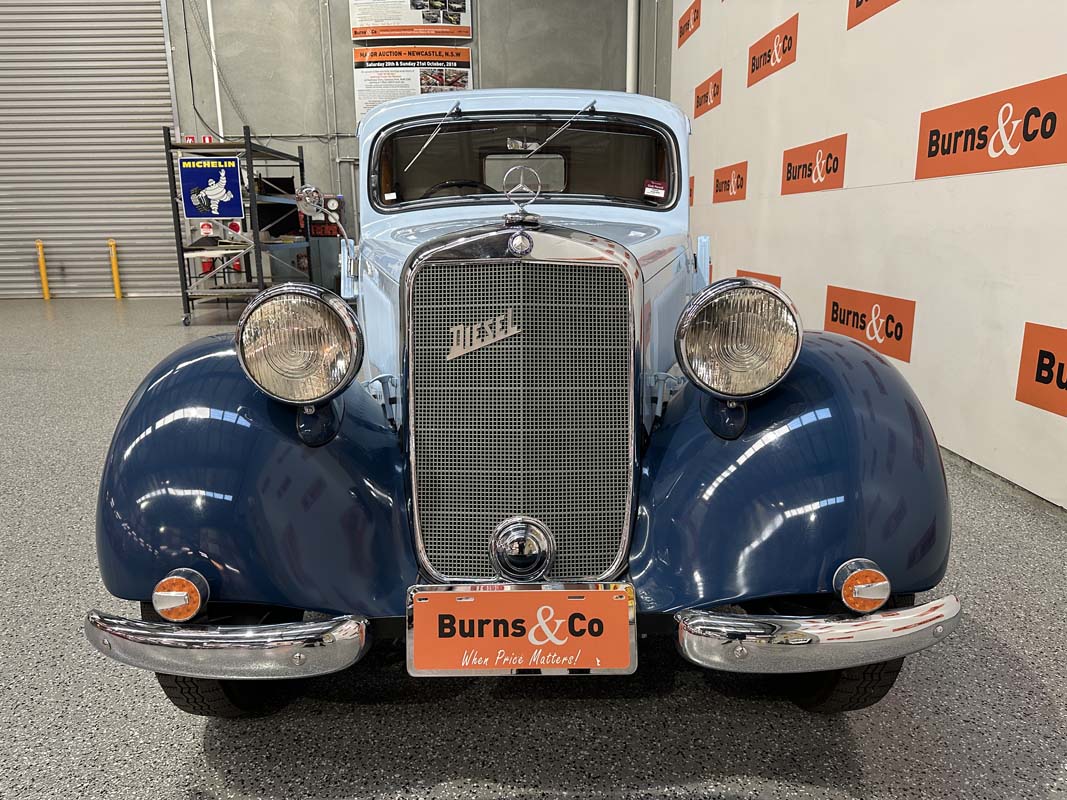
The initial post-war output of the 170 V was done in-house at Mercedes-Benz and limited to platform trucks (pritschenwagen in German), vans and ambulances, as there was a more pressing need for these than passenger cars. These units were crudely put together, with ambulances receiving a rudimentary box on the 170 V chassis, slab-like doors and sliding side windows.
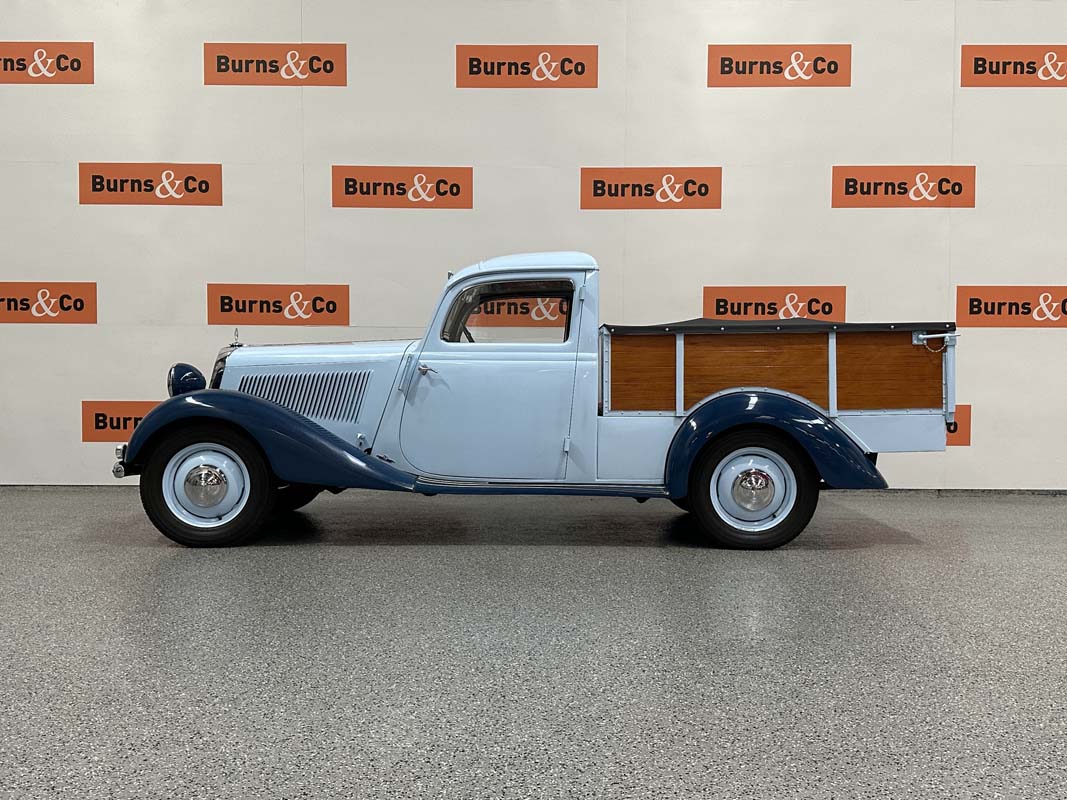
By contrast, the first ambulance units to come out of Lueg’s works in 1948 were of a much higher standard in terms of fit, finish and style. Their cabin was more spacious than the factory 170 V cab, with the load area much better integrated. A rear side door (usually one only, on the offside), vents for cabin ventilation and wind-up windows were other features of the Leug-bodied 170 V ambulances. Look at the images of the vehicle featured and you can see a seam across the roof where the factory panels joined the Lueg bodywork.
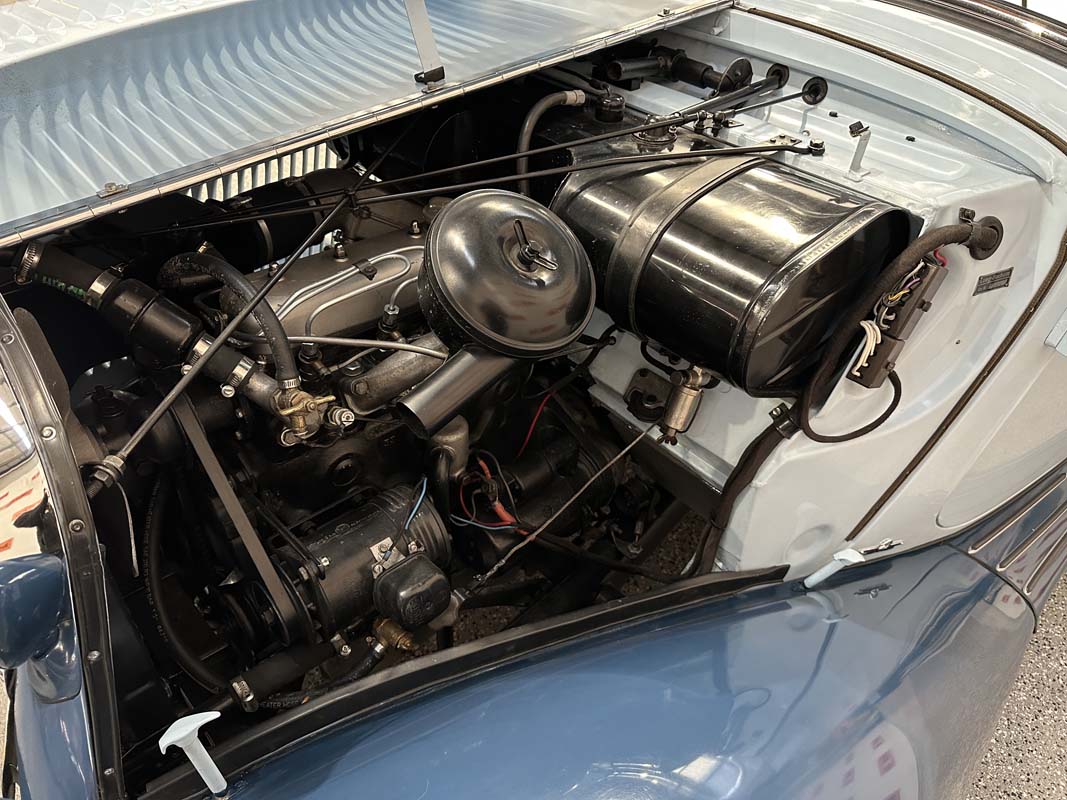
The scarcity of petrol in post-war Germany saw a diesel version of the 170 – the ‘170 D’ - introduced in 1949, capitalising on the wider availability of diesel fuel at the time. Applying what Mercedes had learned with the 260 D before the war, the diesel four-cylinder had the same 1.7-litre capacity as the existing 170 V petrol engine, but was more fuel efficient. Unsurprisingly, this greater economy meant many commercial buyers of a 170 chose this engine over the petrol version.
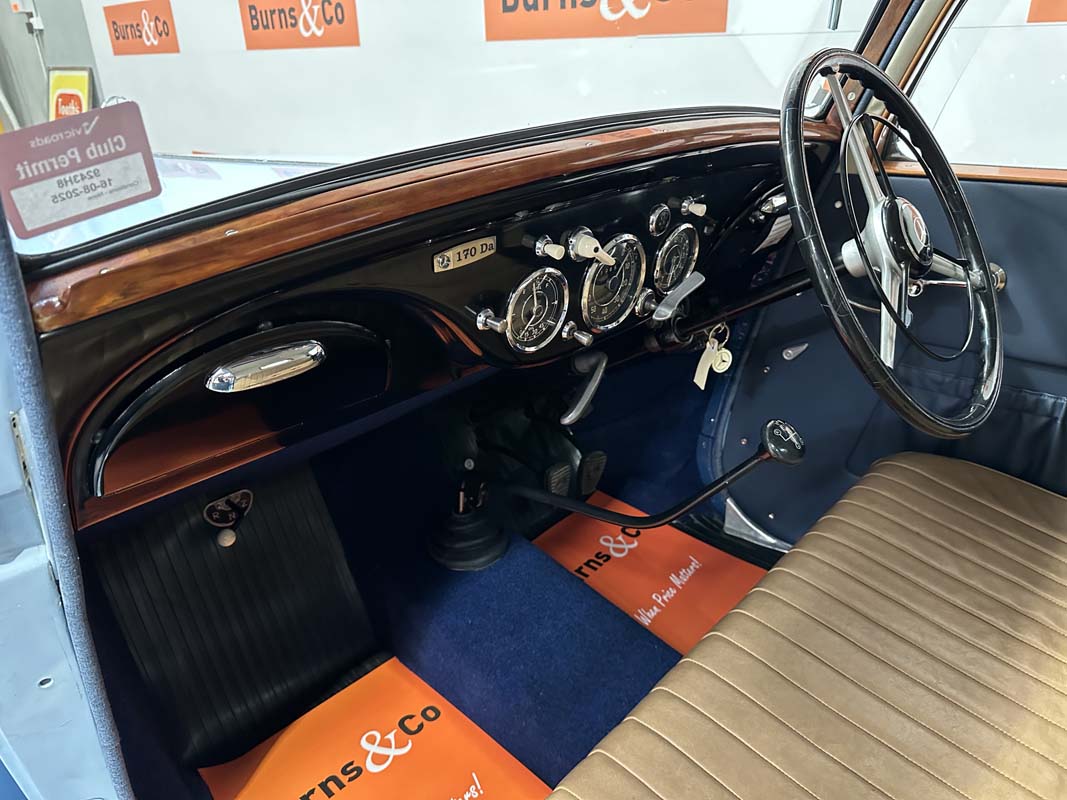
In 1950, the 170 was updated, with both engines slightly enlarged in capacity, improvements made to the braking and telescopic shock absorbers introduced. Additionally, the boot area of the passenger sedans (which had been re-introduced in mid-1949) could now be accessed from the outside. This led to ‘170 Va’ and ‘170 Da’ designations, to differentiate the new models from the old. In May, 1952, a further update saw the naming changed to ‘170 Vb’ and’ 170 Db’. In August, 1953, the W136 generation was replaced with the W120 and W121 series, which were sold as the 170 S-V and 170 S-D.

Data provided with the 170 Da consigned with Burns & Co for their June Muscle, Classic & Collectable Car & Motorcycle + Other Auction shows that it was sent to Lueg as a partially-completed chassis in January, 1952. There, it was built with a timber-framed, steel-clad body. As a pritschenwagen, it had a steel-framed flatbed rear with a folding tailgate, but curiously, the sides of the tray were fixed. Standard tray dimensions for this model were 1820mm x 1400mm, with 450mm high sidewalls and a payload of 500kg. Options at the time included folding side panels, a tarpaulin with support hoops, and troopcarrier-style seating for the tray.
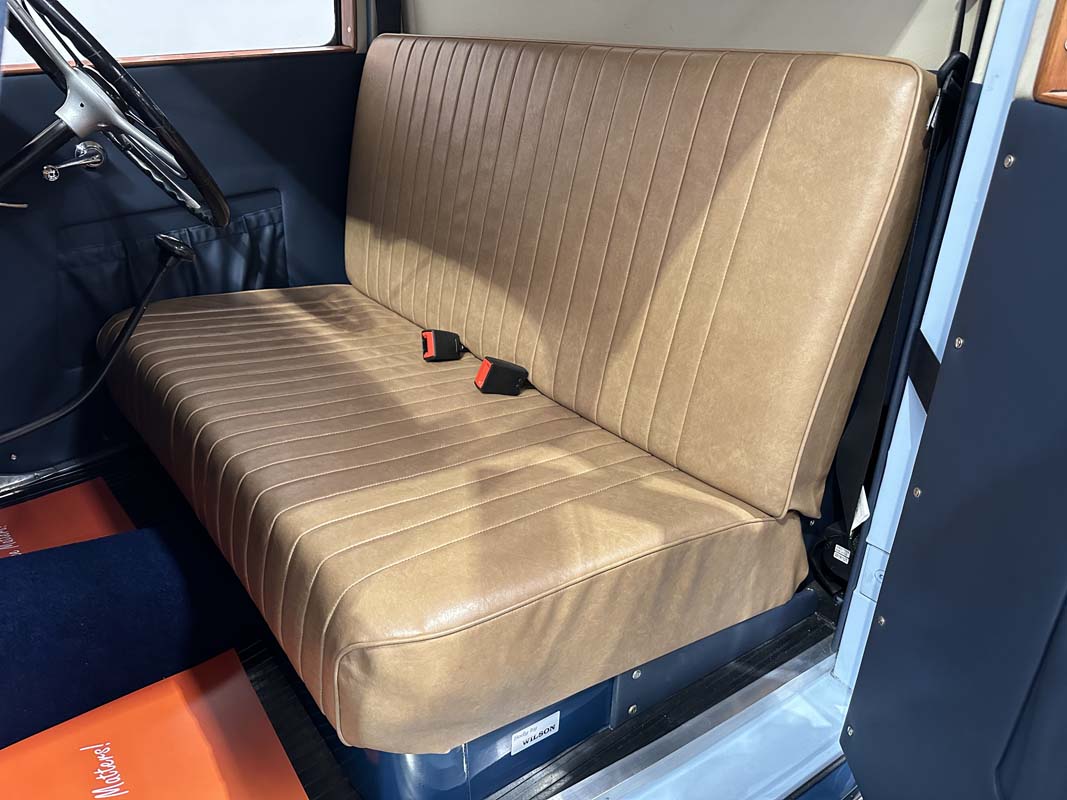
In the cabin, there was an adjustable backrest for the driver’s seat, vinyl trim, a fabric headliner and spare tyre with a theft-proof fastening. Paint options included any colour offered by Mercedes-Benz. The two-tone treatment, as seen on the auction vehicle, usually consisted of a darker colour applied to the guards, with a lighter body, but this was not universal. Period photos show most 170 sedans were one colour, with many vans, wagons and ambulances in single-tone paint, too. Lueg brochures from the period suggest a single colour was standard.
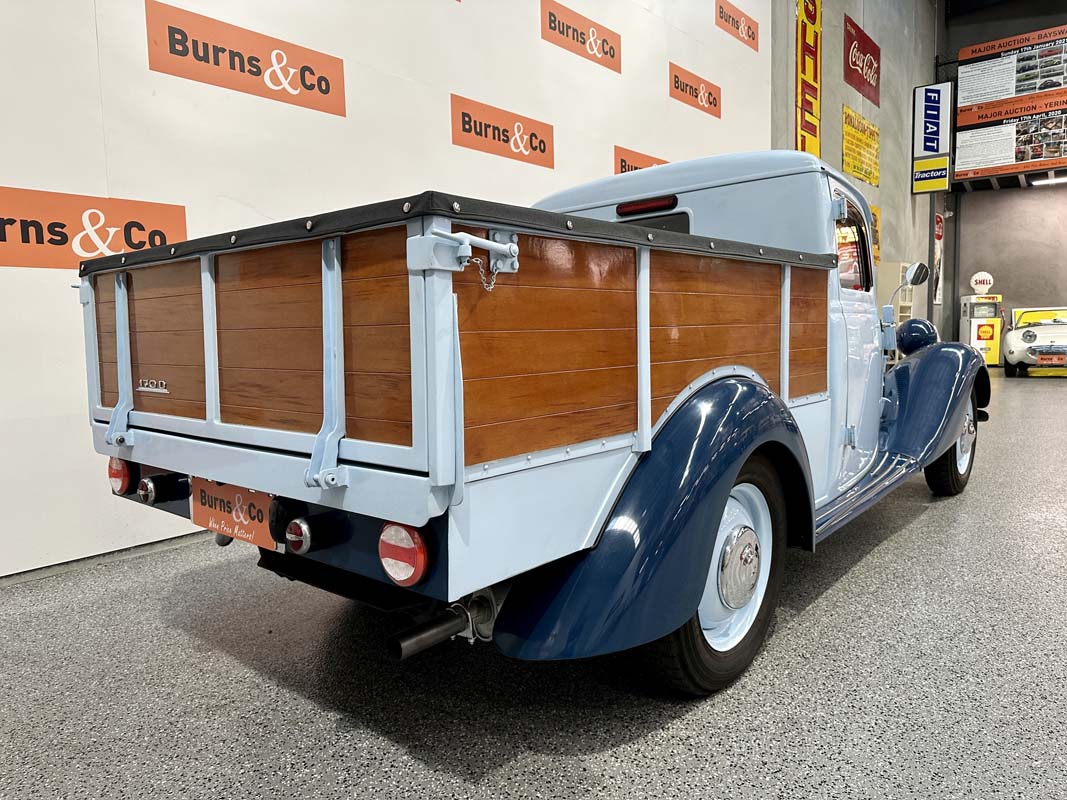
The earliest history of the 170 Da ute featured, including whether it was sold new in Australia, is unknown. Given the fact that it’s right-hand drive, and at least a couple of Binz Mercedes ambulances came here new, it’s certainly possible.
The owner prior to the consignor had started a restoration that included replacing some of the body’s timber framing and fitting a slightly later version of the ‘OM636’ diesel four-cylinder engine. That means this ute is now most likely running a 1.8-litre diesel four instead of the 1.7-litre version.
The restoration was only partly done when the consignor acquired the vehicle and finished the job. Along with completing the restoration to a very high standard, the consignor spent a lot of time and effort to ensure the finished vehicle was as accurate to its 1952 origins as possible.
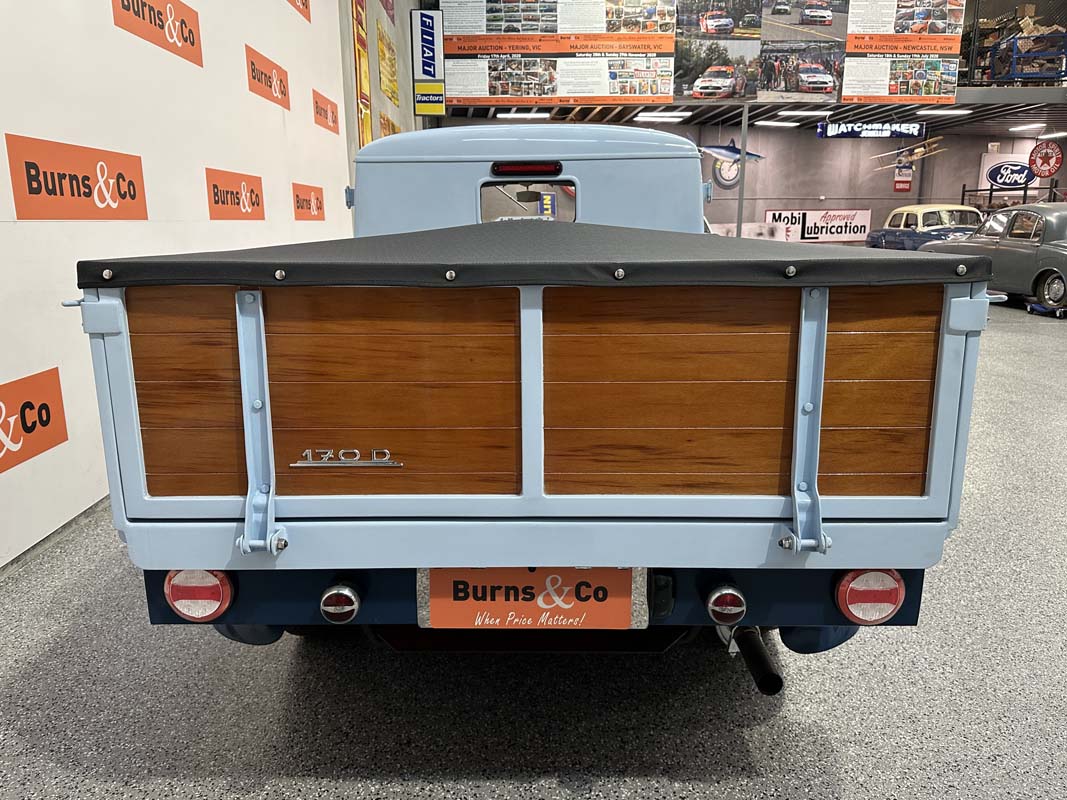
Aside from a few obvious concessions for safe use in modern traffic, like replacing the factory semaphore indicators with modern flashing indicators, fitting a high-mount stop light, and adding a reversing camera, this 170 Da appears mostly accurate to how Lueg built it in 1952. Club registered in Victora for many years following the restoration (not transferable), the odometer reads 1,746 miles, presumably referring to how much the replacement engine has done.
Included in the sale is an info board for display at car shows that tells the broader 170 V/D story and shows photos of the restoration.
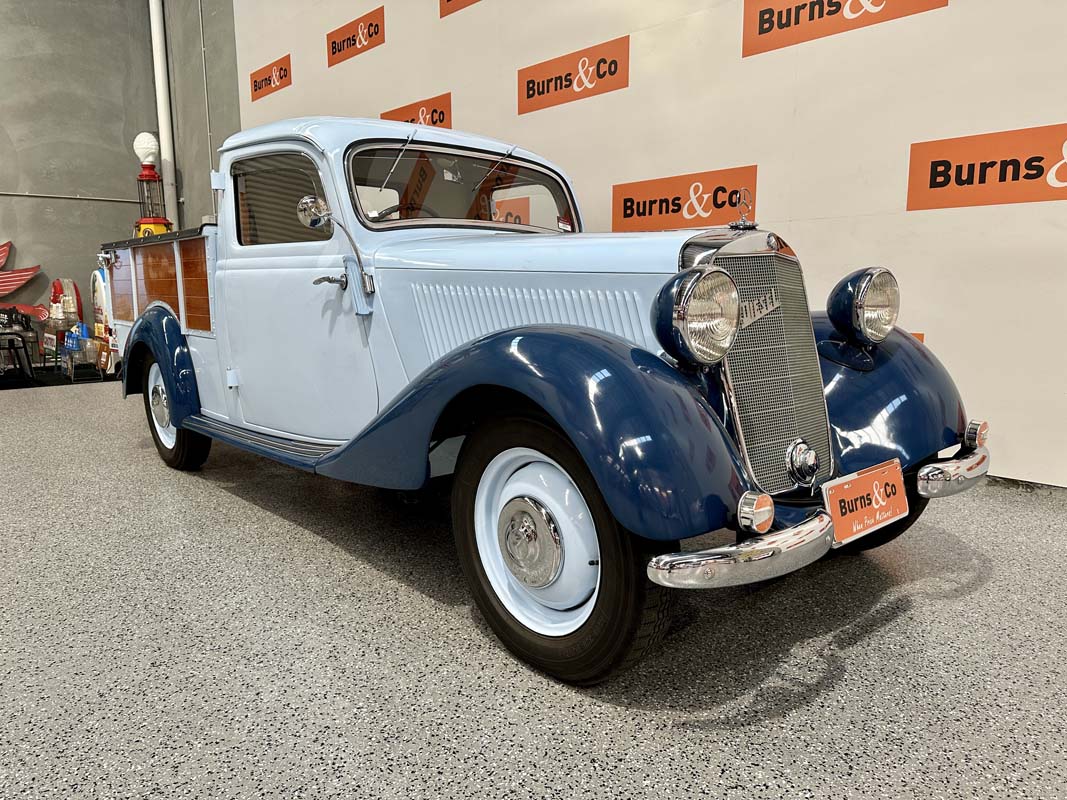
Offered in running, ready to drive condition, this 170 Da ute would have to be one of very few in Australia – maybe one of four or less. It will go across the block on Night 2 of this three-night auction – Tuesday, 24 June. For more details, click HERE.
For more information on all lots in the Burns & Co. June Muscle, Classic & Collectable Car & Motorcycle + Other Auction, click on the links below to see each night’s offerings.
View the Night 1 Catalogue & Bid Here
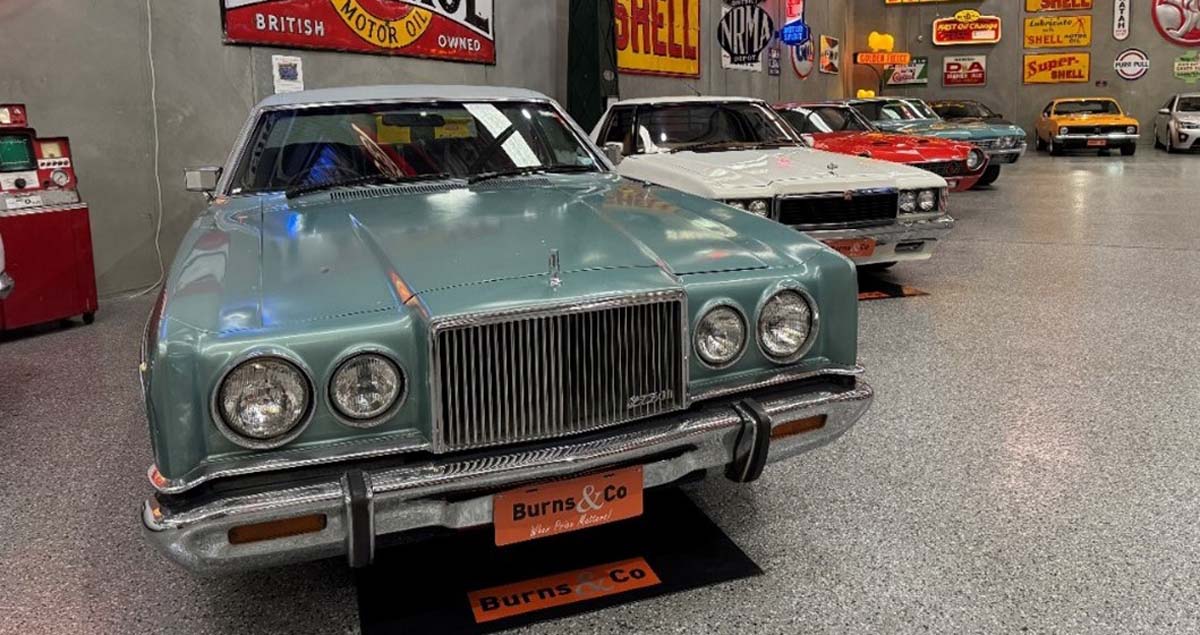
Pre-bidding is available on all lots prior to going under the hammer, with each night’s auction commencing at 6:00PM AEST at Burns & Co’s Melbourne auction rooms – 4 Market Drive, Bayswater, VIC, 3153.
For more details on inspection times, conditions of sale and anything else regarding Burns & Co. auctions, click HERE.



